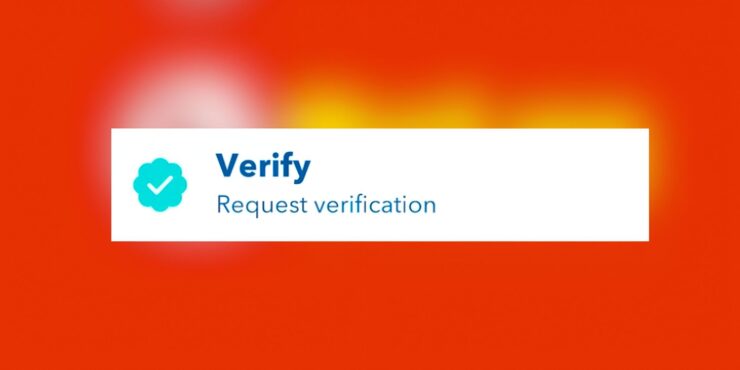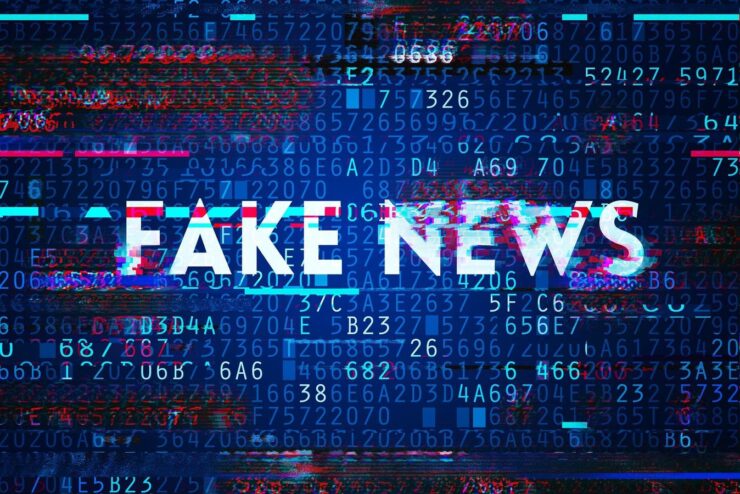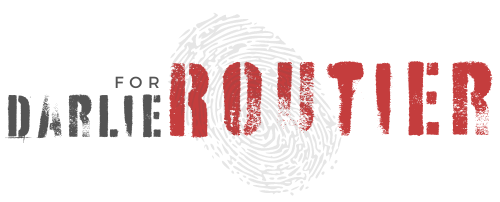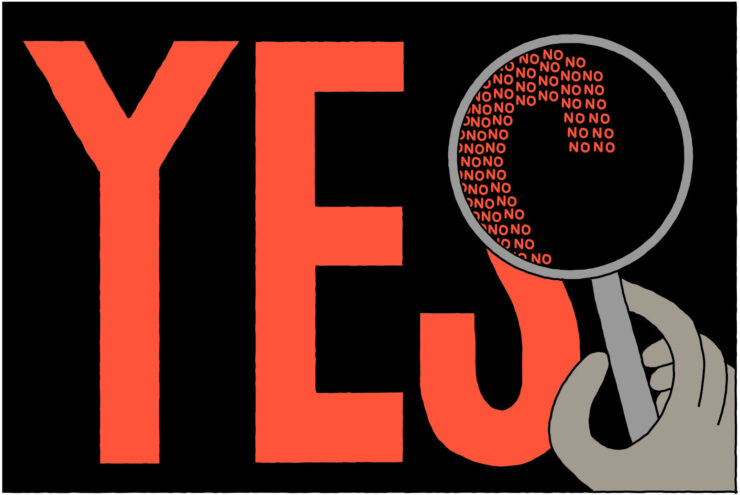False data is everywhere. The online world can feel like a dense, overgrown jungle of claims, articles, and sensational headlines. Some sources push questionable agendas, while others share content in good faith but end up forwarding inaccuracies.
Failure to verify details can lead to flawed opinions or damaging choices. A small set of robust strategies, combined with a critical approach, can help break free from internet illusions. Let’s see how you can fact-check online info and be sure you are getting accurate information.
An Era Flooded with Data

Massive amounts of details arrive every second: social media posts, news articles, blog updates, and random comments from strangers with unverified credentials.
Such an environment can confuse even the most tech-savvy individuals. Mistakes happen, and some people or organizations share false material unintentionally.
In such a chaotic information environment, platforms like ChatGPT Zero provide an essential layer of verification for distinguishing between human-created and AI-generated text.
Spotting the Difference Between Misinformation & Disinformation
Folks often lump all falsehoods into one bucket. It helps to separate misinformation—where a person shares incorrect content without evil intent—from disinformation, a more deliberate beast meant to deceive.
Unintentional errors might occur when someone quickly reads a shocking headline and spreads it without checking. On the other hand, orchestrated campaigns rely on twisted data or forged evidence to mislead targeted audiences.
Common Red Flags
- Exaggerated Headlines: Sensational phrases that aim to yank at emotions. Anger, shock, or extreme excitement can mask the absence of real proof.
- Dubious Sources: Content that references “experts” with no credentials or fails to cite direct evidence. Sometimes the source is an unknown blog with an unprofessional domain.
- Catering to Bias: Information aligned too perfectly with personal beliefs, ensuring minimal scrutiny from the reader.
- Manipulative Media: Edited images or videos that intentionally distort actual events. A reversed or cropped clip might shift the entire narrative.
Practical Ways to Verify Content

1. Evaluate the Source
Reliable outlets usually have an established track record and transparent ownership. Take a moment to explore a site’s background by checking its “About” section.
Major news organizations, academic institutions, or recognized research bodies often follow ethical guidelines. Anonymous or barely traceable sources lack credibility and deserve extra skepticism.
2. Cross-Reference Information
Don’t rely on a single article or broadcast. Compare details from multiple platforms. If a claim appears only on obscure sites, that’s a warning sign. Large discrepancies across different reports sometimes point to factual errors or fabricated claims.
Independent fact-checking websites—Snopes, FactCheck.org, and PolitiFact—can reveal hidden half-truths or blatant lies.
3. Scrutinize Visuals with Care
Images or videos can be powerful propaganda. Simple tools like Google Reverse Image Search or TinEye help discover a file’s origin and reveal if it was taken out of context. Look for unnatural lighting, jagged edges, or pixelation that suggests digital manipulation. A single altered frame may rewrite history in the eyes of unsuspecting viewers.
4. Beware Emotional Bait
Strong emotional hooks—rage-inducing allegations, heartwarming tales of miraculous cures, or politically divisive claims—often bypass logical thinking. Take a breath before reacting or hitting the share button.
Ask: Who benefits from stirring those feelings, and is there verifiable proof behind the claims? A wise pause can prevent embarrassing blunders.
Tools and Resources for Verification

Fact-Checking Platforms
- Snopes: One of the oldest sites that investigates urban legends, viral rumors, and suspicious stories.
- FactCheck.org: Explores political statements and media claims, often providing citations and thorough analysis.
- PolitiFact: Focuses on political claims, offering a Truth-O-Meter rating. Useful in election seasons.
Reverse Image Search Engines
- Google Reverse Image Search: Upload a file or paste a link, then see all other places that same visual appears.
- TinEye: Another option that identifies manipulated images and helps find the original source.
Media Bias Charts
Many websites provide charts that rank news outlets based on possible biases. A chart won’t hold all the answers, but it can give clues about a publication’s angle.
Recognizing a platform’s slant aids in gauging how news might be framed or omitted altogether.
Sharpening Critical Thinking

The internet doesn’t revolve around charity. A portion of online content aims to influence, shock, or manipulate. Individuals can benefit from a healthy dose of skepticism combined with logical reasoning.
Always question the source, the motive, and the evidence. A willingness to reevaluate long-held beliefs sets a user apart from gullible crowds.
Tech gadgets and algorithms won’t fix gullibility on their own. Machine learning can flag questionable material, but human analysis remains irreplaceable. Automated systems can falter, especially when confronted with nuanced topics or satirical references.
Putting in effort to think through claims leads to a deeper sense of confidence in one’s conclusions and fosters a healthier digital culture.
Reflect on Personal Bias
Everyone holds personal biases, including experts. A certain stance on a topic can blind a person to contradictory proof.
Pausing to ask, “Am I ignoring data because it doesn’t align with my worldview?” can reduce the risk of swallowing falsehoods. Seeking out diverse perspectives can widen horizons.
Seek Logical Arguments
Misinformation often falls apart under scrutiny. Identify clear points and supporting facts in an argument. Look for leaps in logic or unsubstantiated assumptions.
Real data is typically testable or referenced from credible research. Hollow statements that rely on rumor or emotional triggers rarely hold up under investigation.
Educating the Masses Through Media Literacy

Communities benefit from organized programs that promote intelligent analysis of digital content. Some educational institutions offer workshops on spotting hoaxes, verifying claims, and applying critical thought.
Public libraries and nonprofits may host sessions on how to evaluate news stories. A ripple effect occurs when participants share those insights with friends and relatives.
Responsible Sharing
Ignoring the impact of a simple retweet or Facebook share can lead to nasty outcomes. A false statistic repeated a thousand times may solidify into accepted truth for many. Vigilance is key. Verify details before hitting “send.”
Acknowledge any errors after posting. Misinformation thrives on silence, so speaking up when spotting a fake claim can limit the spread.
Steering clear of rumor-mongering also involves careful language. Comments like “everyone is saying it, so it must be true” open the door to manipulative tactics. Instead, provide context and clarify the source of your data.
That step alone can encourage friends and followers to be more cautious. In a world full of echo chambers, one proactive voice can make a noticeable difference.
Summary
Online fact-checking isn’t rocket science. It just takes a sharp eye, a dash of skepticism, and a willingness to correct mistakes.
Let impulsive individuals recycle outrageous claims. A discerning mind remains the best defense in an age where half-truths and lies swirl around every digital corner.

